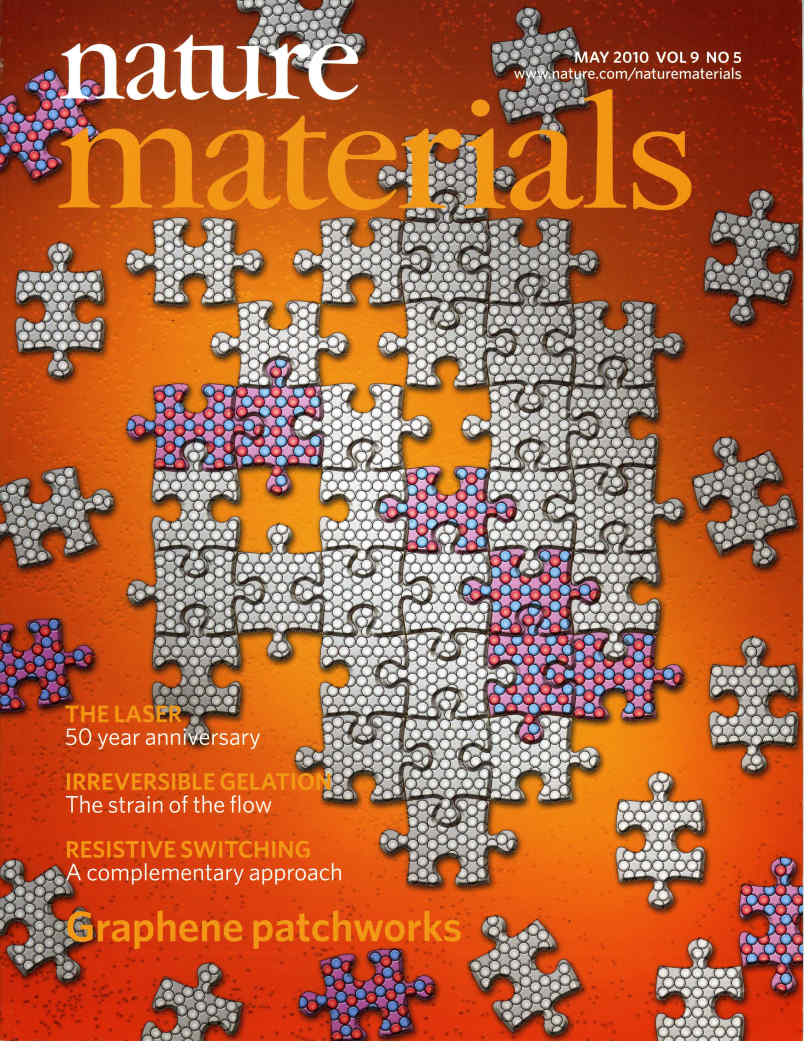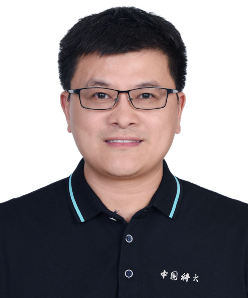
宋礼教授,博士生导师,2006年博士毕业于中科院物理研究所,随后在德国慕尼黑大学、美国莱斯大学和日本信州大学开展研究工作,历任洪堡学者、博士后和副教授。2011年入选中科院“百人计划”和 中组部海外高层次人才引进青年项目,加入中国科学技术大学国家同步辐射实验室。
国家杰出青年科学基金获得者、科技部中青年科技领军人才、中科院优秀导师和唐立新优秀学者。长期致力于同步辐射技术及应用研究。近年来,依托同步辐射大科学装置,针对电化学能源储存 与转化中的精准表征问题,研制了多种在线实验平台和数据分析新方法,实现了同步辐射多技术的联用,从原子、电子和离子等层面上揭示了电化学能源储存与转化过程和工作机制。
迄今,共计发表 SCI 论文300余篇,被他引34000余次,个人H因子105,连续入选科睿唯安2019-2023 年全球高被引科学家。近五年,以通讯作者发表论文80 余篇,包括 Nat. Energy、Nat. Sustain.、PNAS、 Joule、Nat. Commun.、 Adv. Mater. 、JACS、Angew. Chem. 等,授权发明专利多项,应邀为Chem. Rev.、Acc. Chem. Res.、Adv. Mater.、Adv. Energy Mater.、Adv. Funct. Mater.、Mater. Today、J. Mater. Chem. A等期刊撰写 10 余篇综述论文,受邀在欧洲 E-MRS 等国内外学术会议上作邀请报告 30 余次。目前担任中国物理学会同步辐射专业委员会委员、《Battery Energy》期刊副主编、《核技术》与《中国光学》及《Nano Research Energy》期刊编委、《Nano Research》与中国物理学会四刊联合期刊青年编委等。
We are a dedicated research group affiliated with the prestigious National Synchrotron Radiation Laboratory (NSRL) at the University of Science and Technology of China. Our primary focus is on advancing the field of synchrotron-based multi-techniques, including X-ray Absorption Spectroscopy (XAS, Δ-XAS), X-ray Diffraction (XRD), Photoelectron Spectroscopy (PES), Infrared (IR), X-ray emission spectroscopy (XES), and Resonant inelastic X-ray scattering (RIXS). We also utilize other advanced experimental techniques such as neutron scattering/diffraction. Through the establishment of online test platforms, we aim to facilitate cutting-edge research in dynamic reactions and their application in energy-related devices.
As part of our commitment to pushing the boundaries of scientific knowledge, we are actively developing innovative data processing methods that enhance the accuracy and efficiency of our research. By addressing key scientific issues related to dynamic reactions and energy devices, we strive to make meaningful contributions to these fields.
We extend a warm and sincere invitation to visit our laboratory. During your visit, you will have the opportunity to interact and engage with members of our group. We encourage you to discuss your technical interests, as we believe in fostering collaborative discussions to promote knowledge exchange and scientific growth.
Please feel free to reach out to us at any time to arrange a visit or initiate correspondence. We eagerly look forward to welcoming you to our lab and exploring potential synergies in our shared passion for scientific exploration and advancement.
Paper Highlight
Analyzing Active Site and Predicting Overall Activity of Alloy Catalysts
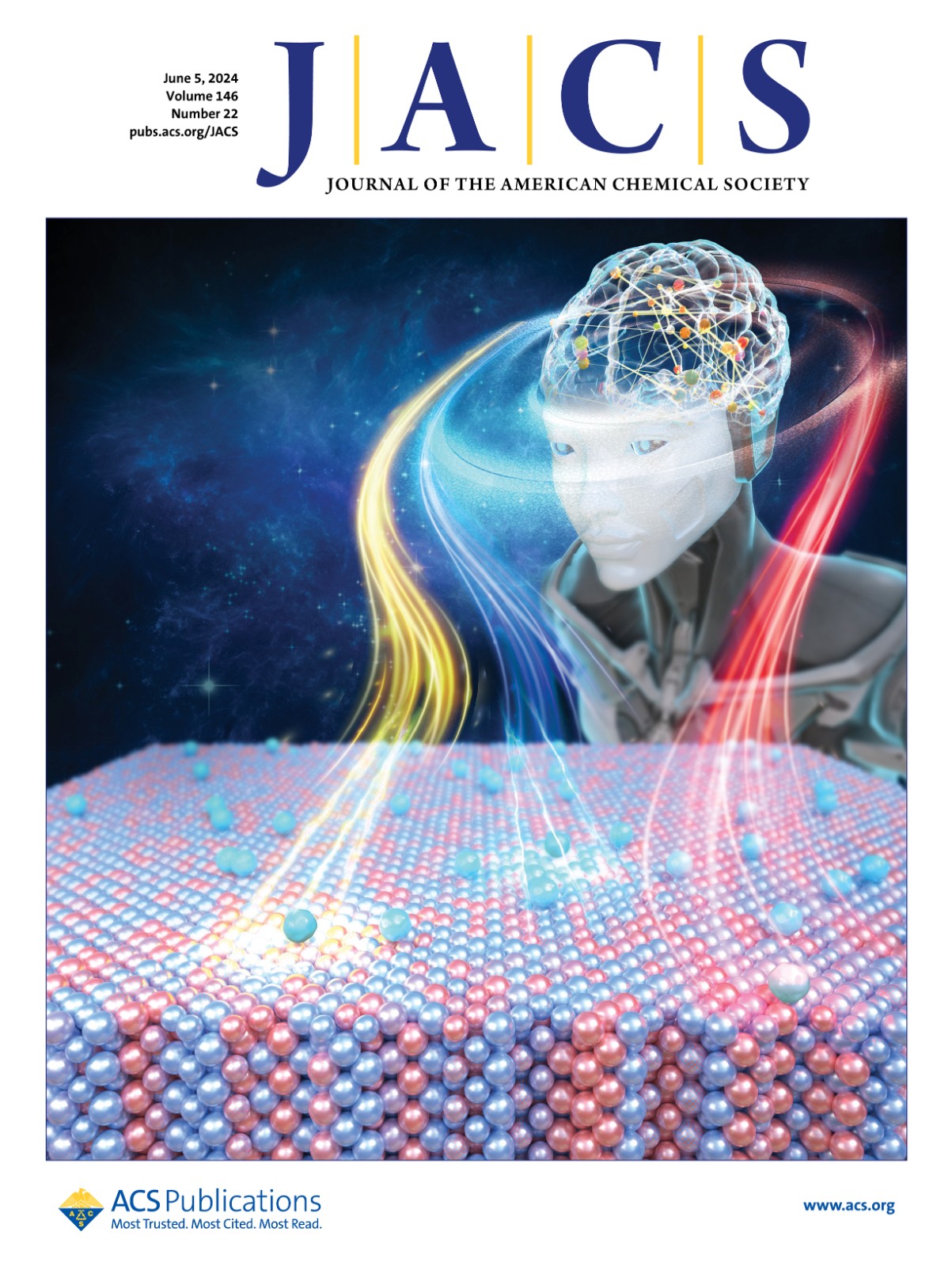
In Situ Architecting Endogenous Heterojunction of MoS2 Coupling with Mo2CTx MXenes for Optimized Li+ Storage
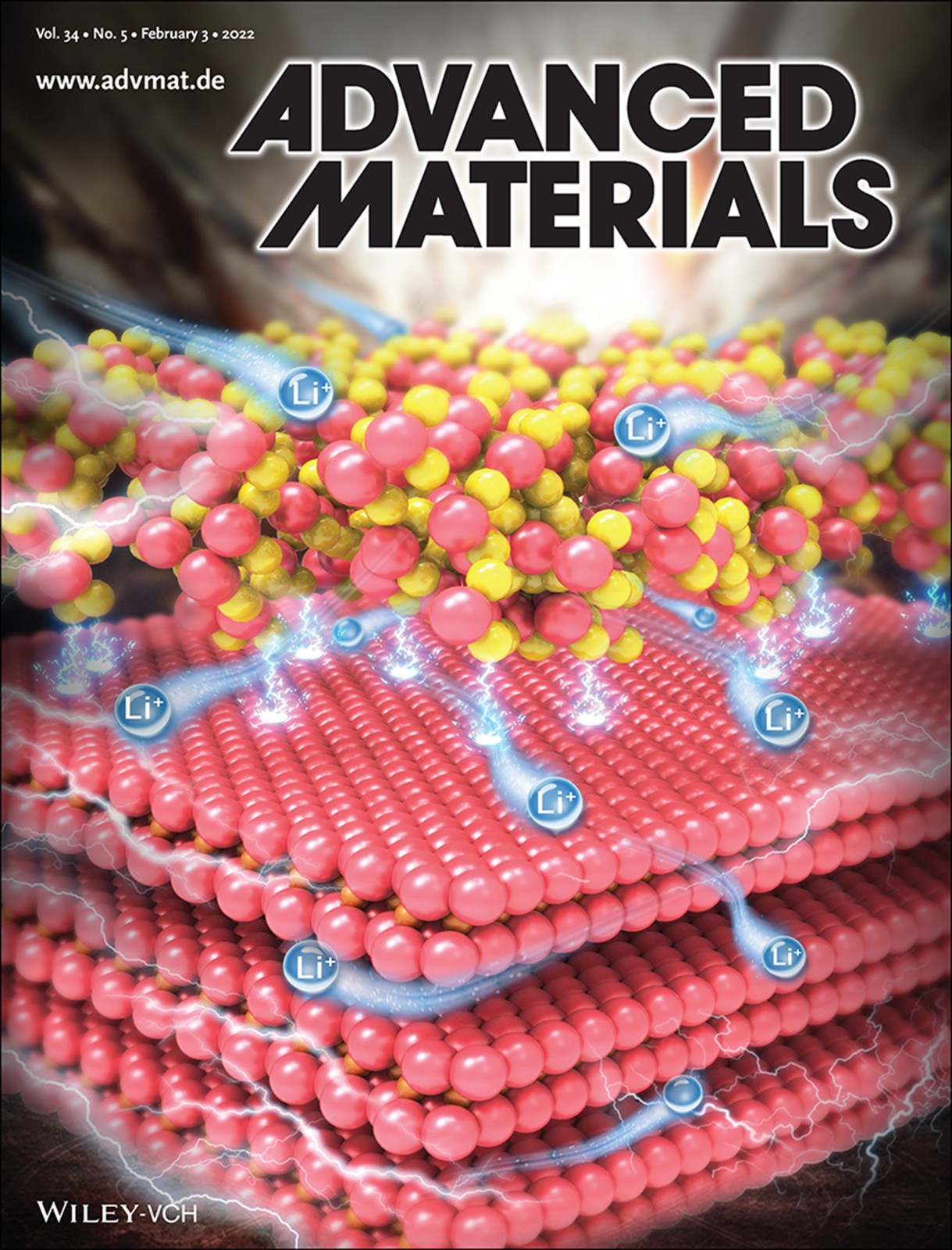
HCl-Based Hydrothermal Etching Strategy toward Fluoride-Free MXenes
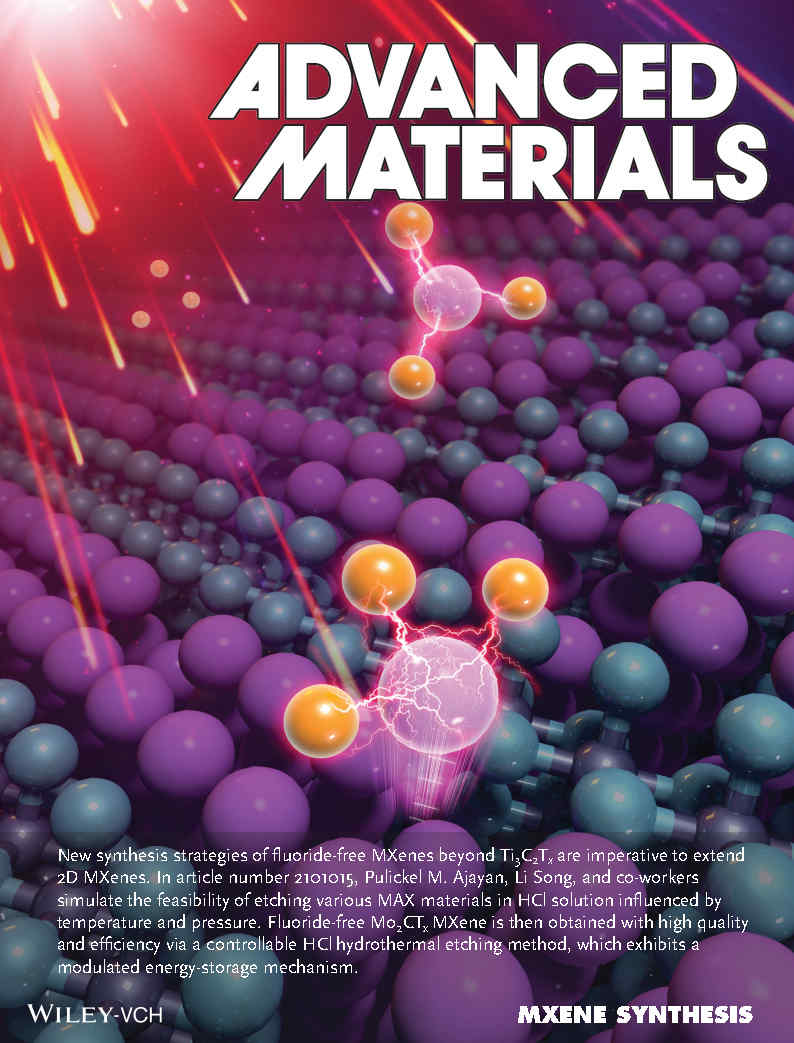
Manganese buffer induced high-performance disordered MnVO cathodes in zinc batteries

Operando X-ray spectroscopy visualizing the chameleon-like structural reconstruction on an oxygen evolution electrocatalyst
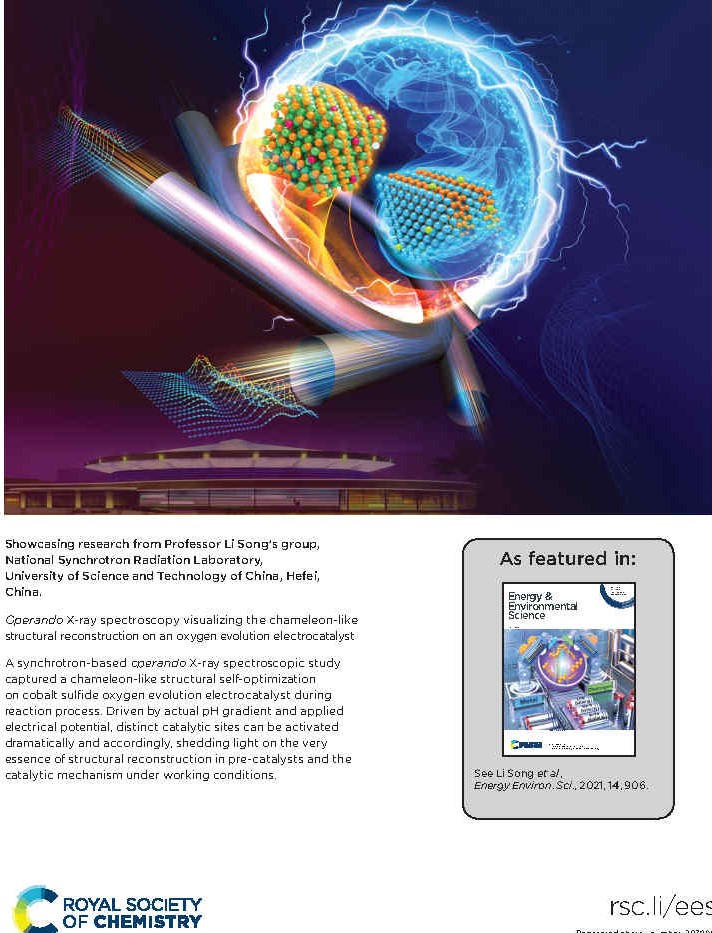
Achieving Efficient Alkaline Hydrogen Evolution Reaction over a Ni5P4 Catalyst Incorporating Single‐Atomic Ru Sites
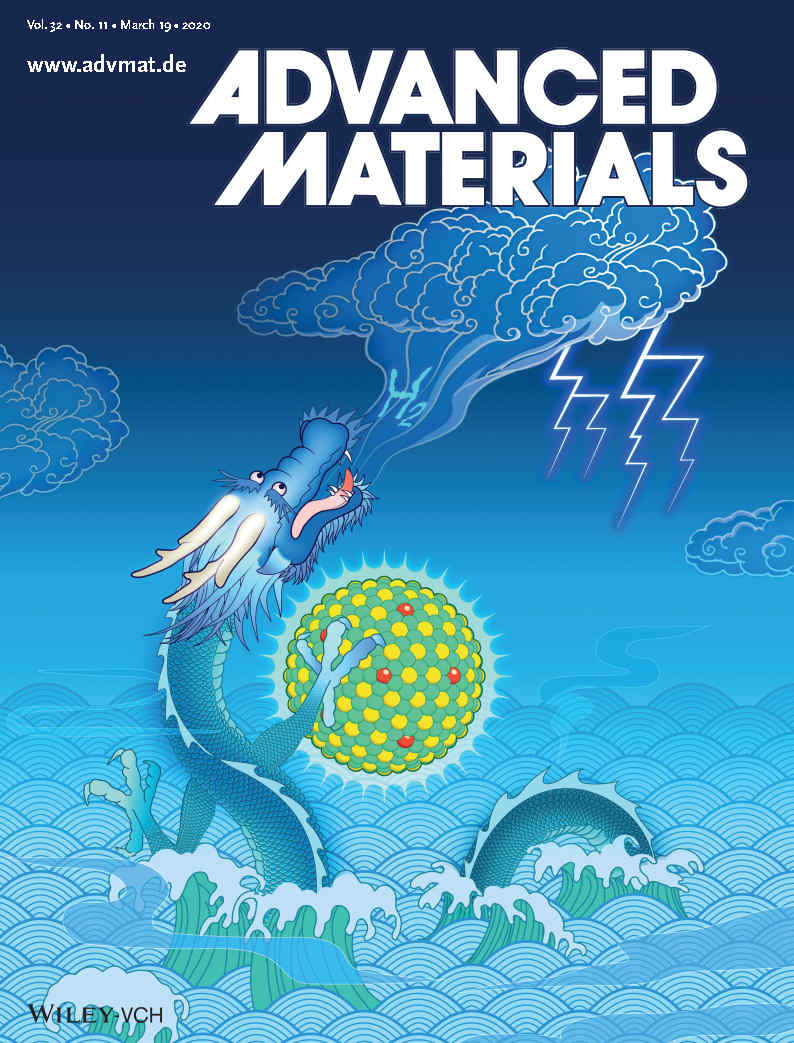
Electrochemical Conversion of CO2 to Syngas with Controllable CO/H2 Ratios over Co and Ni Single-Atom Catalysts
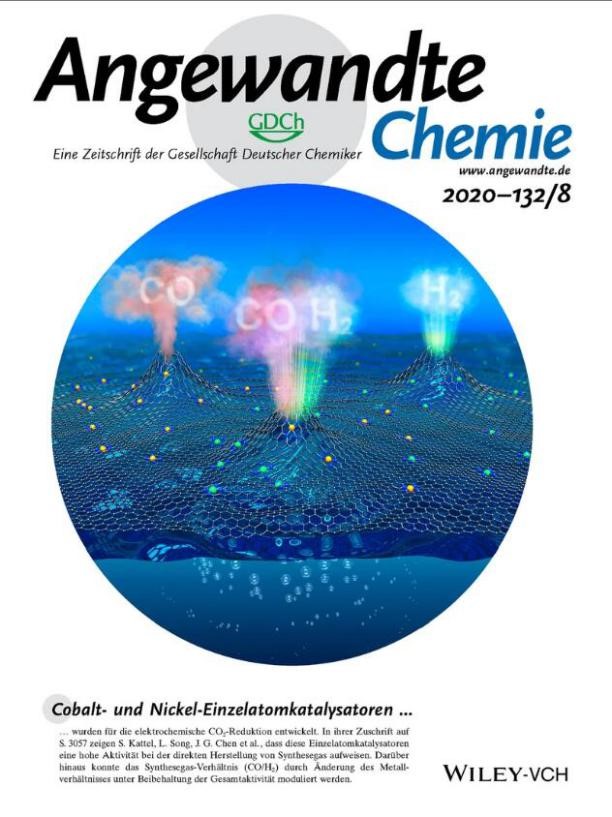
Atomically dispersed platinum supported on curved carbon supports for efficient electrocatalytic hydrogen evolution
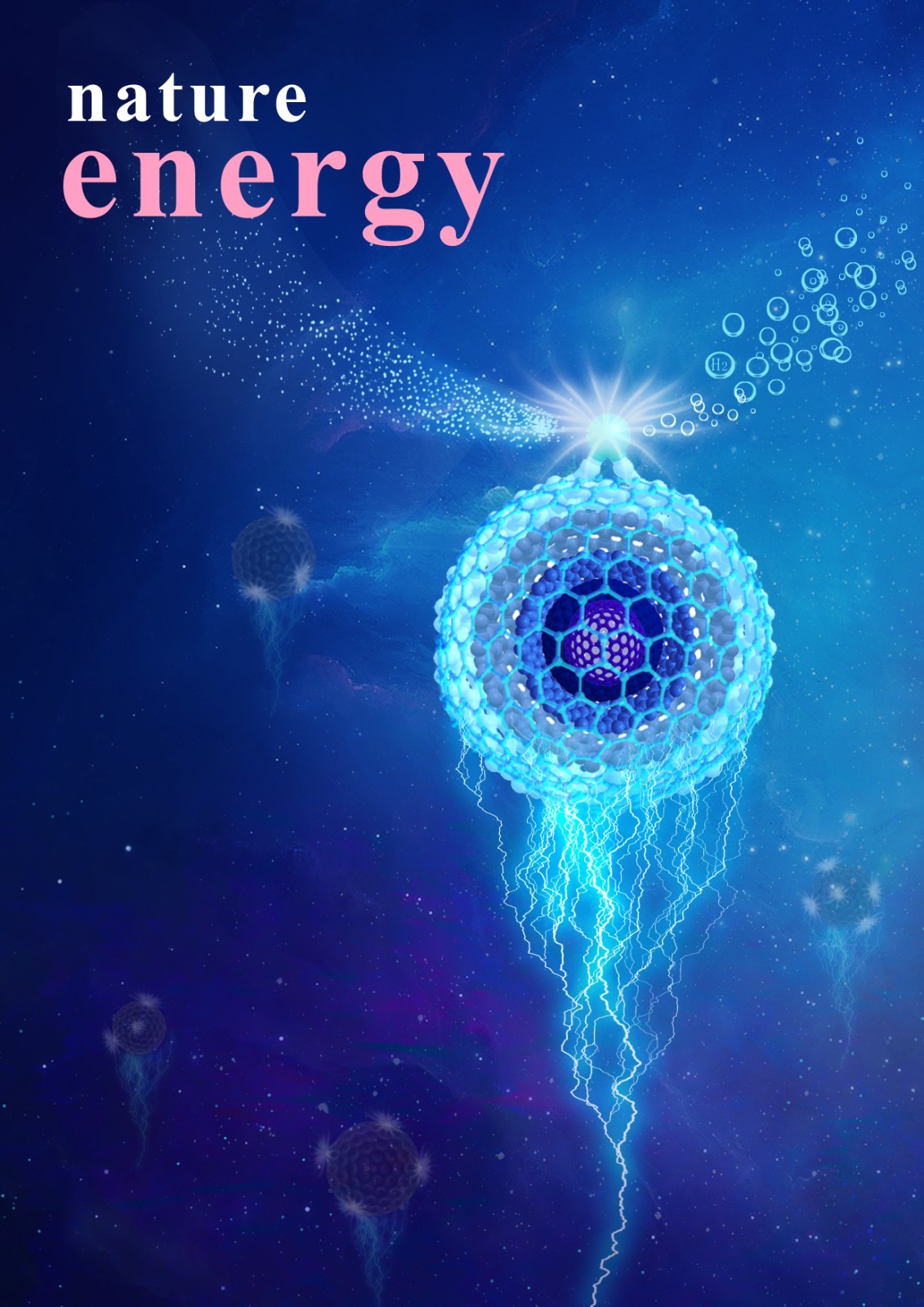
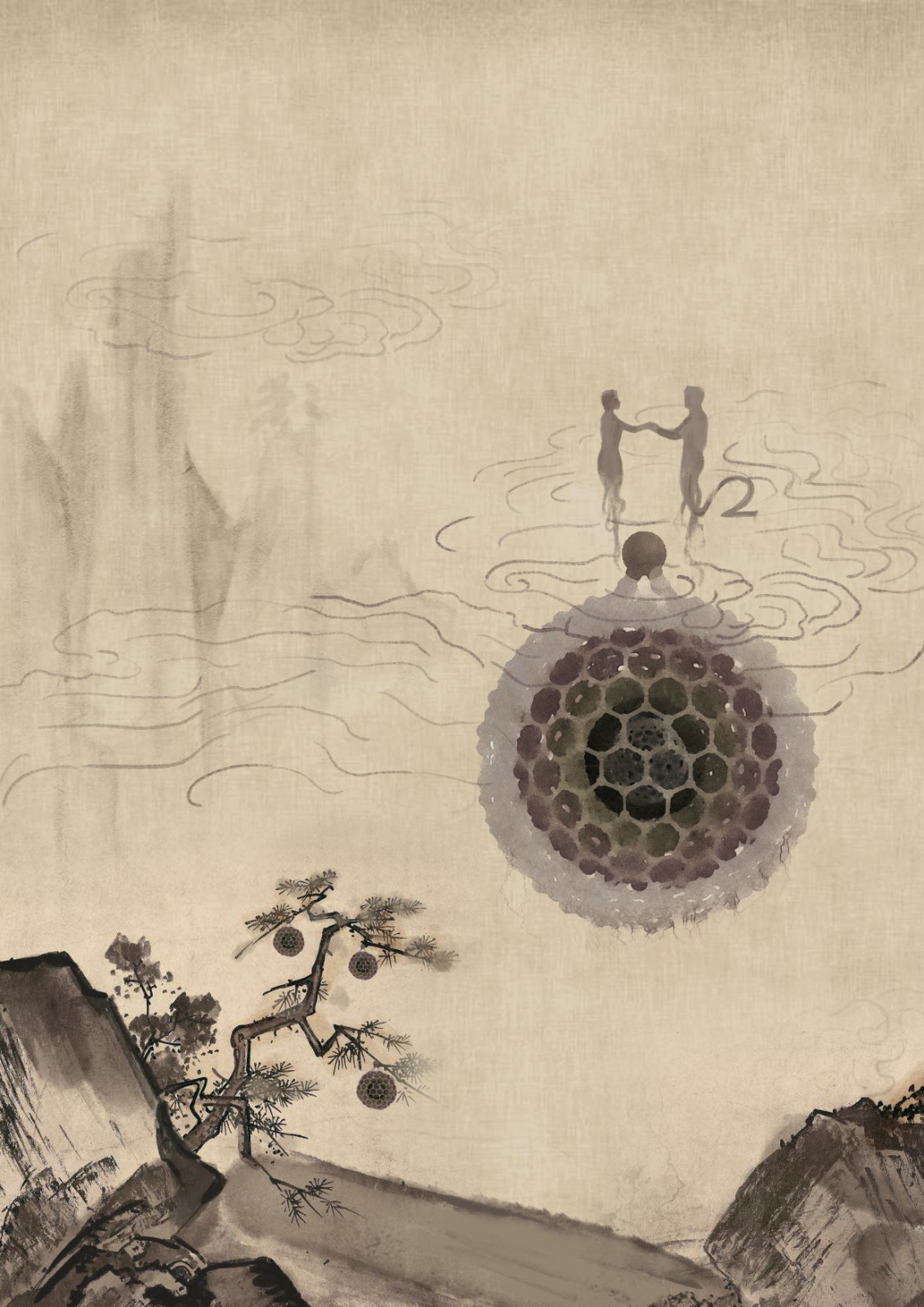
Atomic Sn4+ Decorated into Vanadium Carbide MXene Interlayers for Superior Lithium Storage
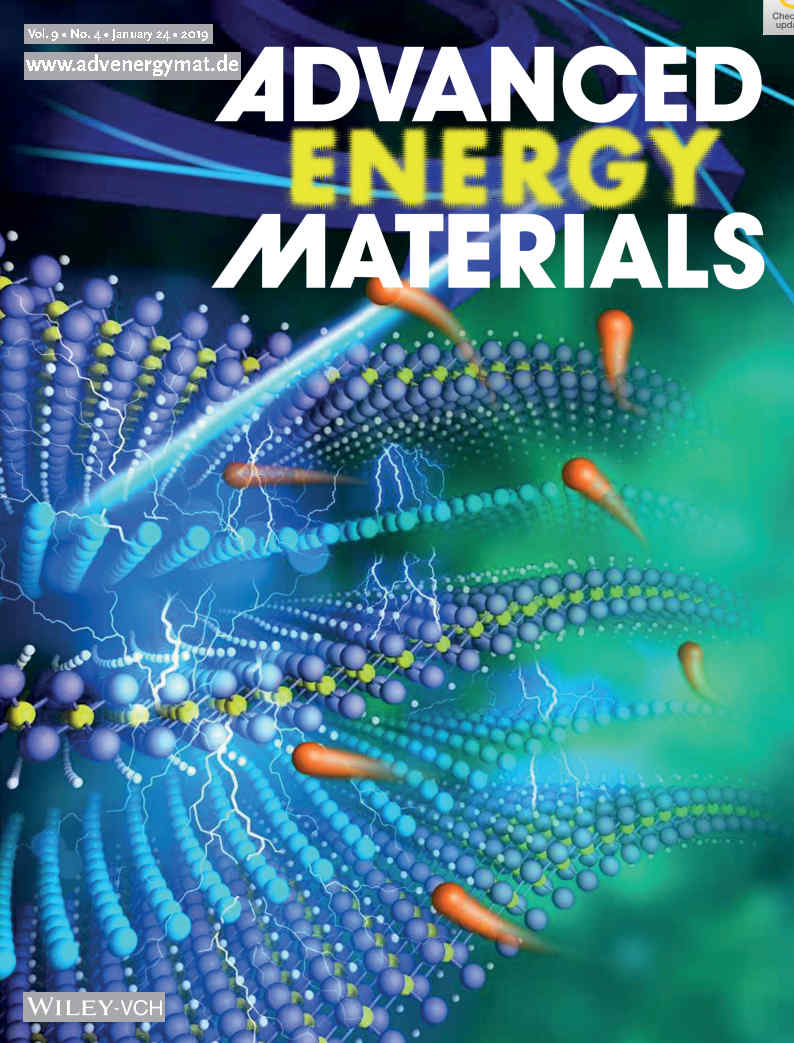
Tailoring the Structure of Carbon Nanomaterials toward High-End Energy Applications
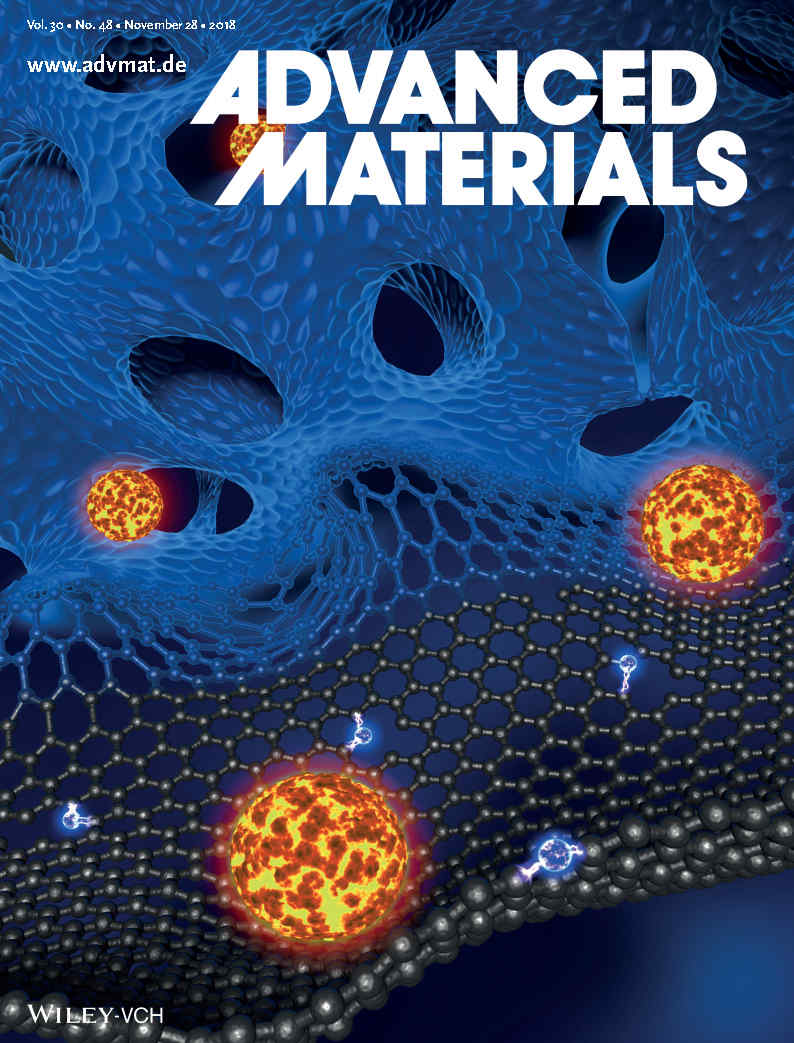
Defective Carbon-CoP Nanoparticles Hybrids with Interfacial Charges Polarization for Efficient Bifunctional Oxygen Electrocatalysis
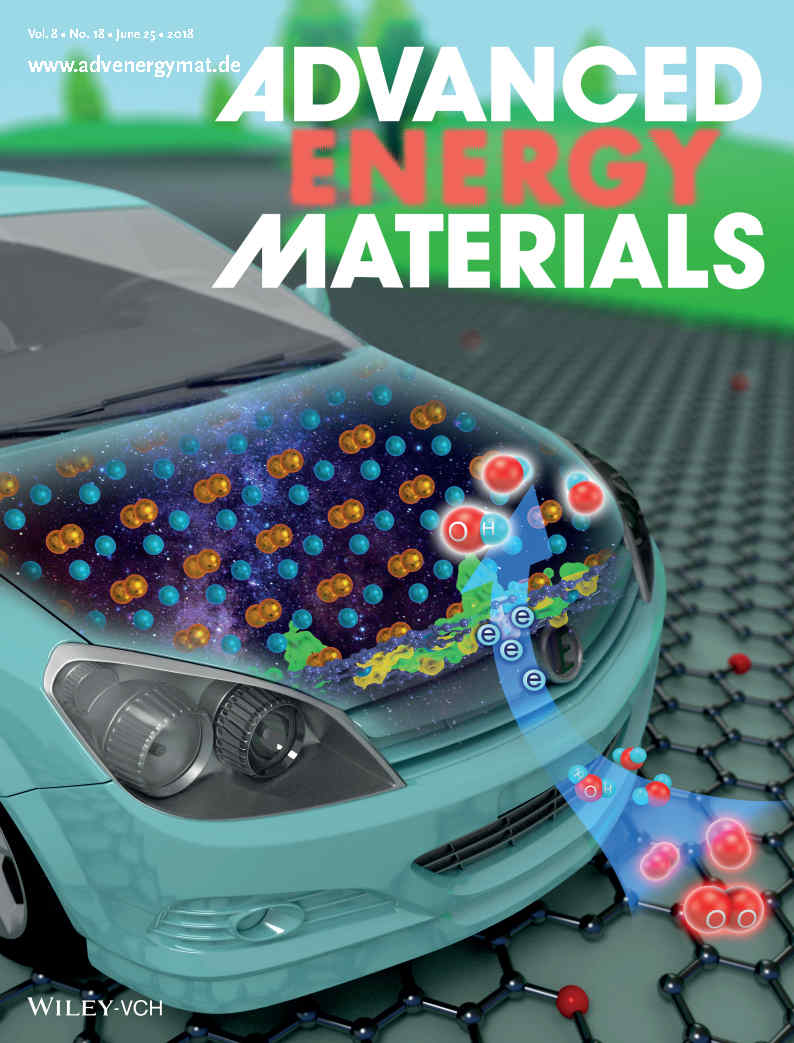
Atomic layers of hybridized boron nitride and graphene domains
